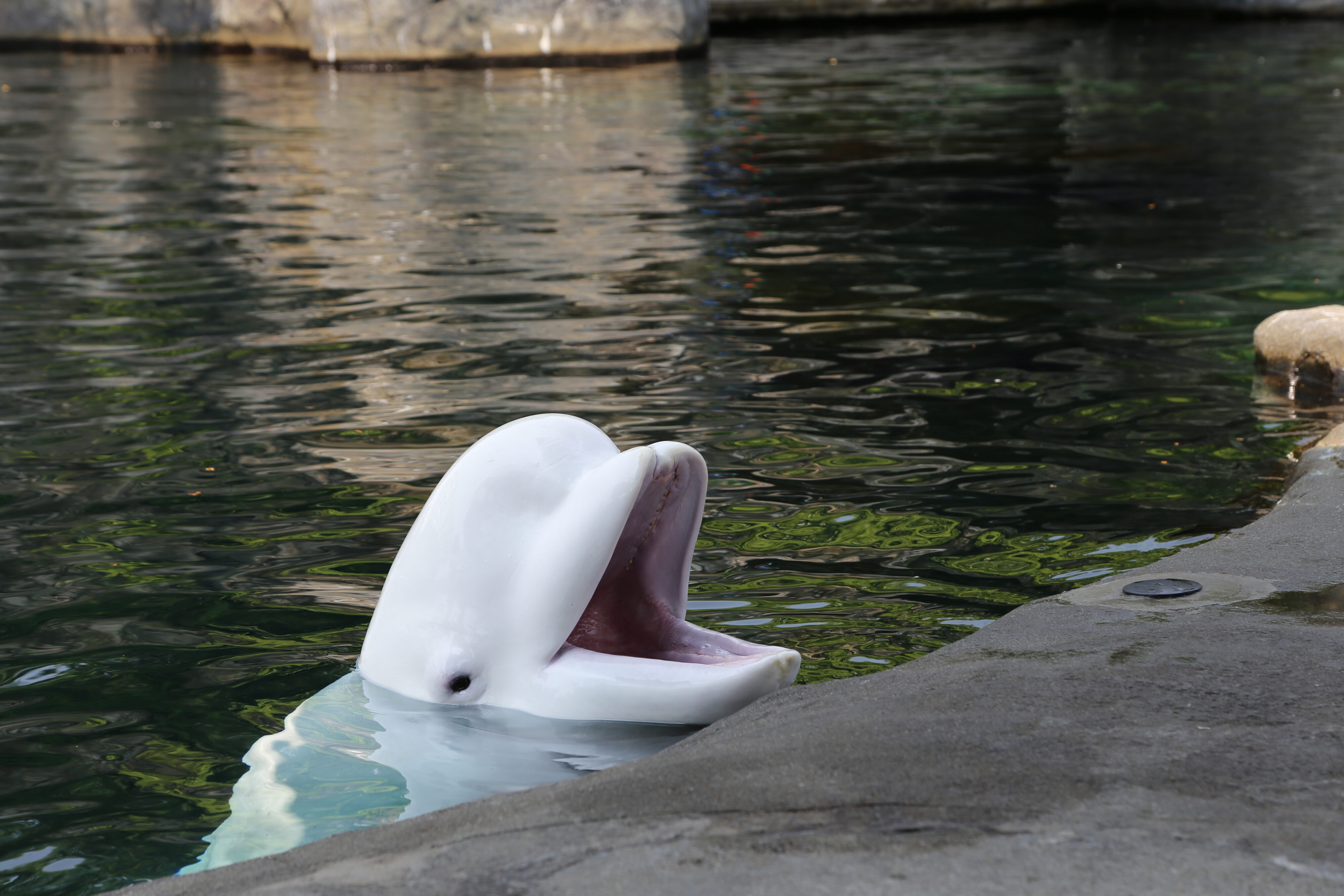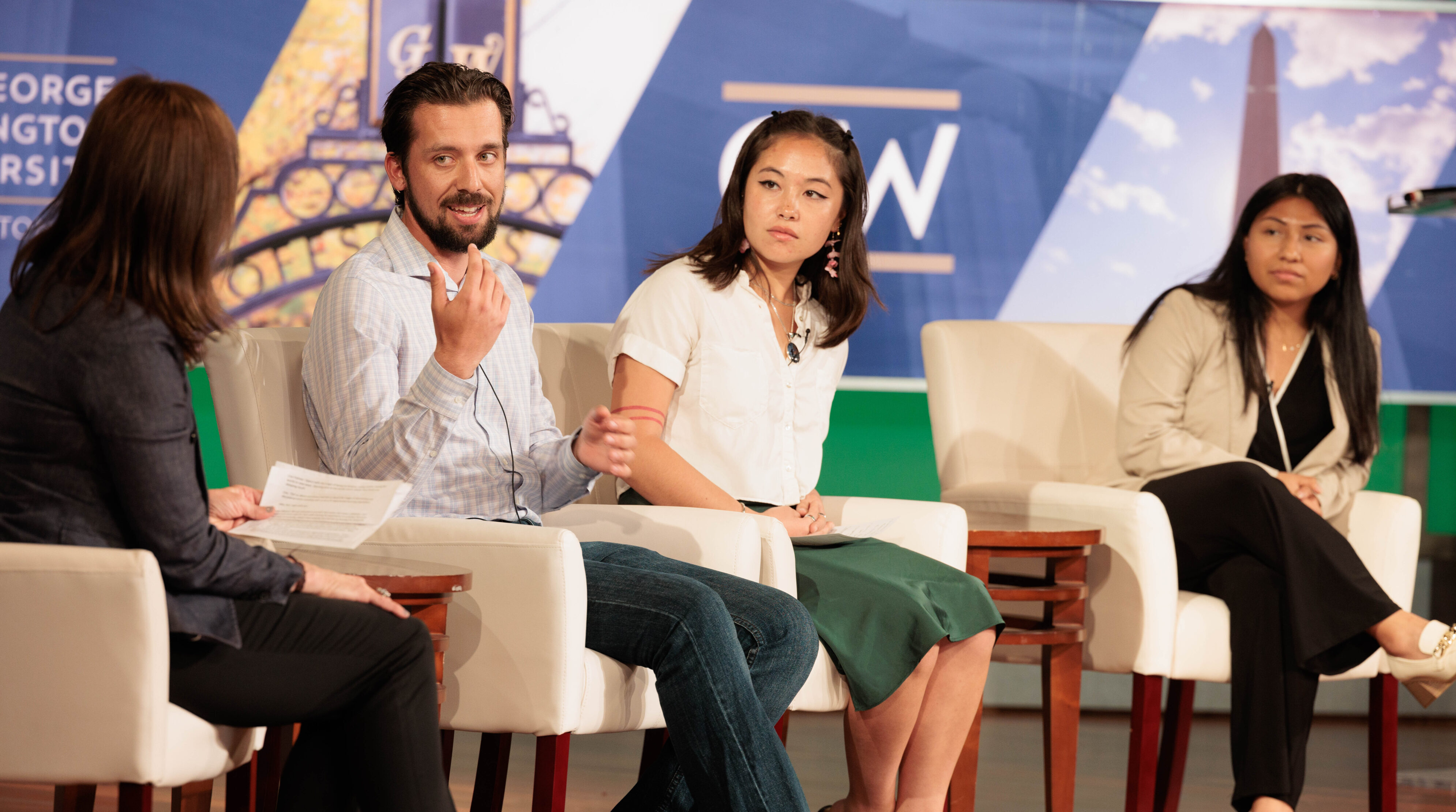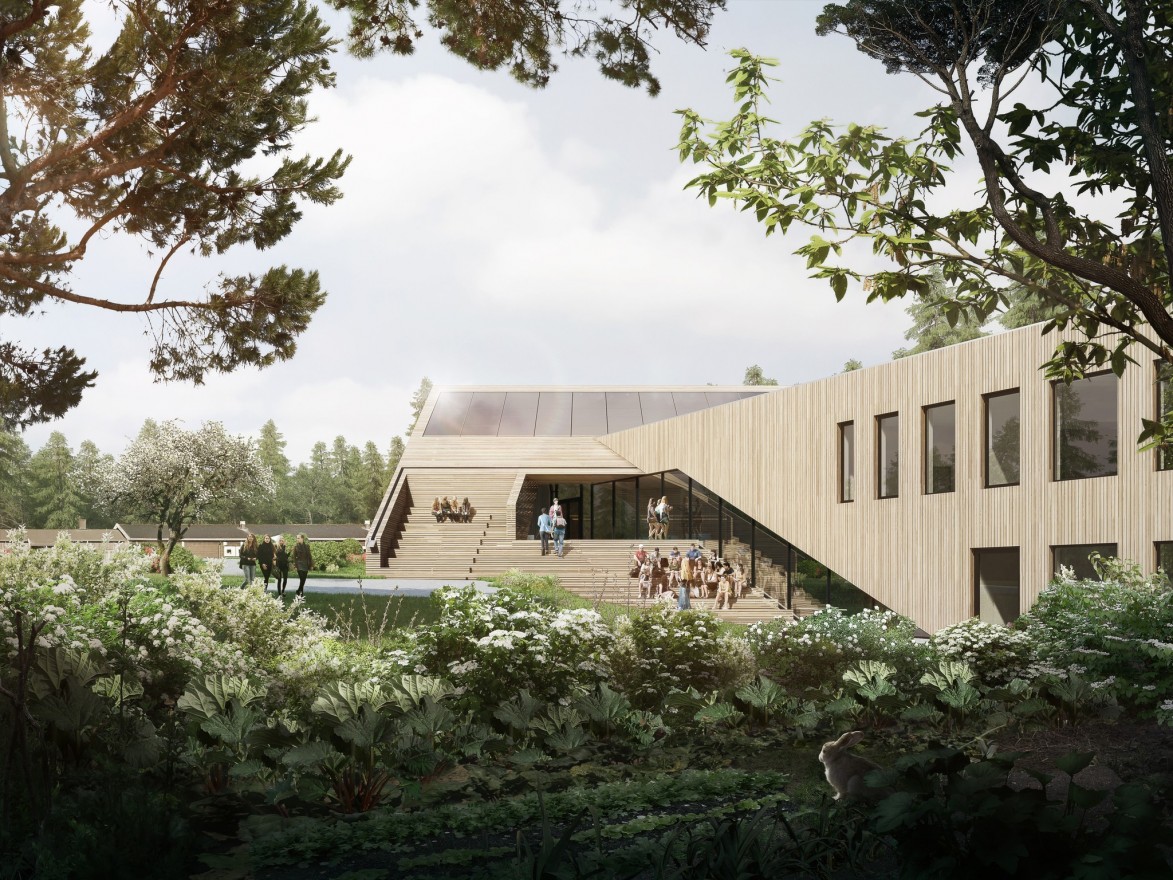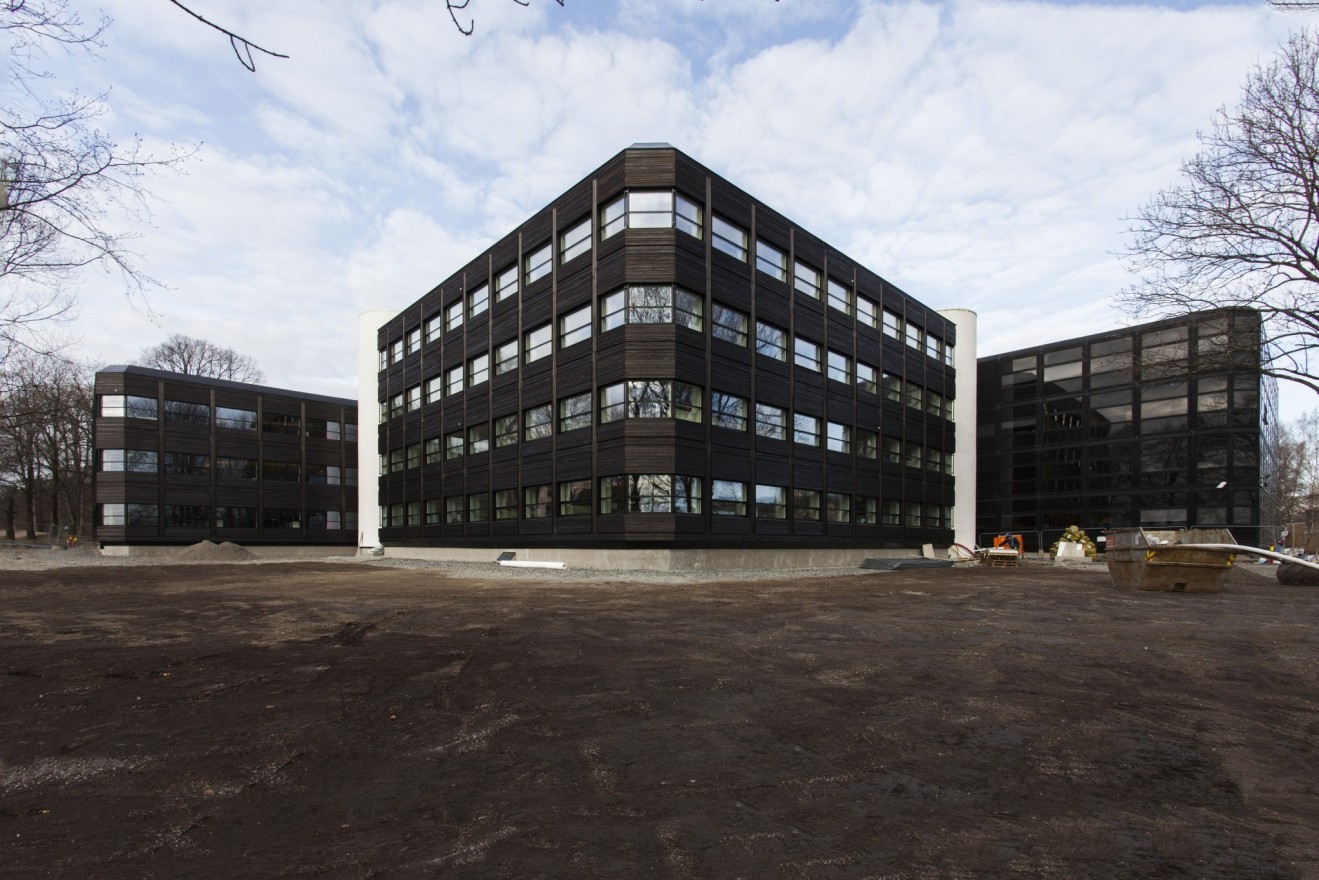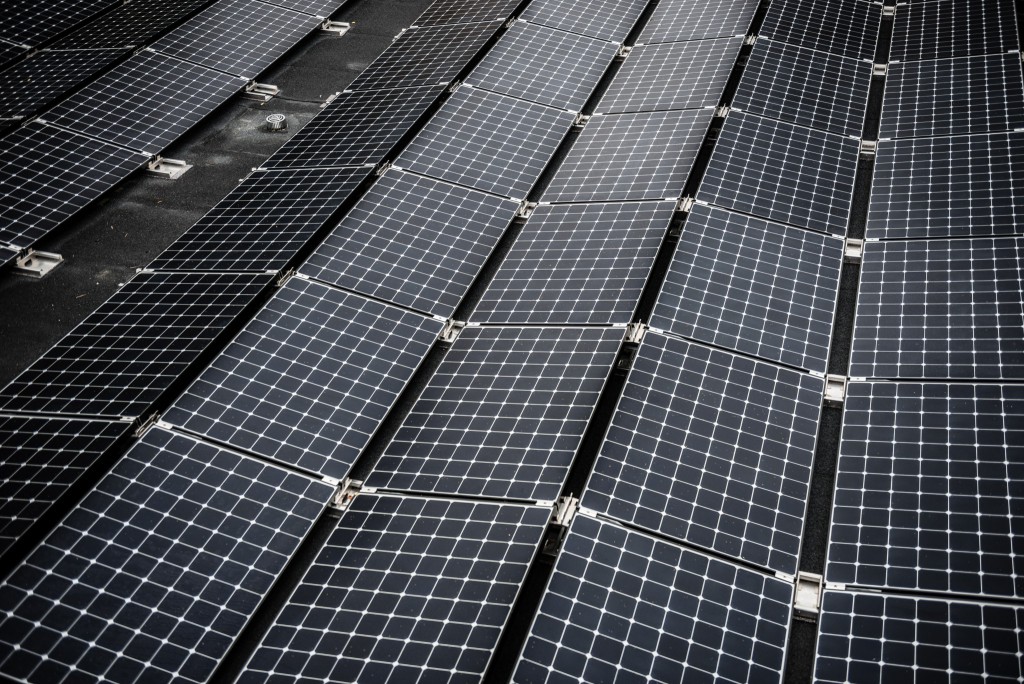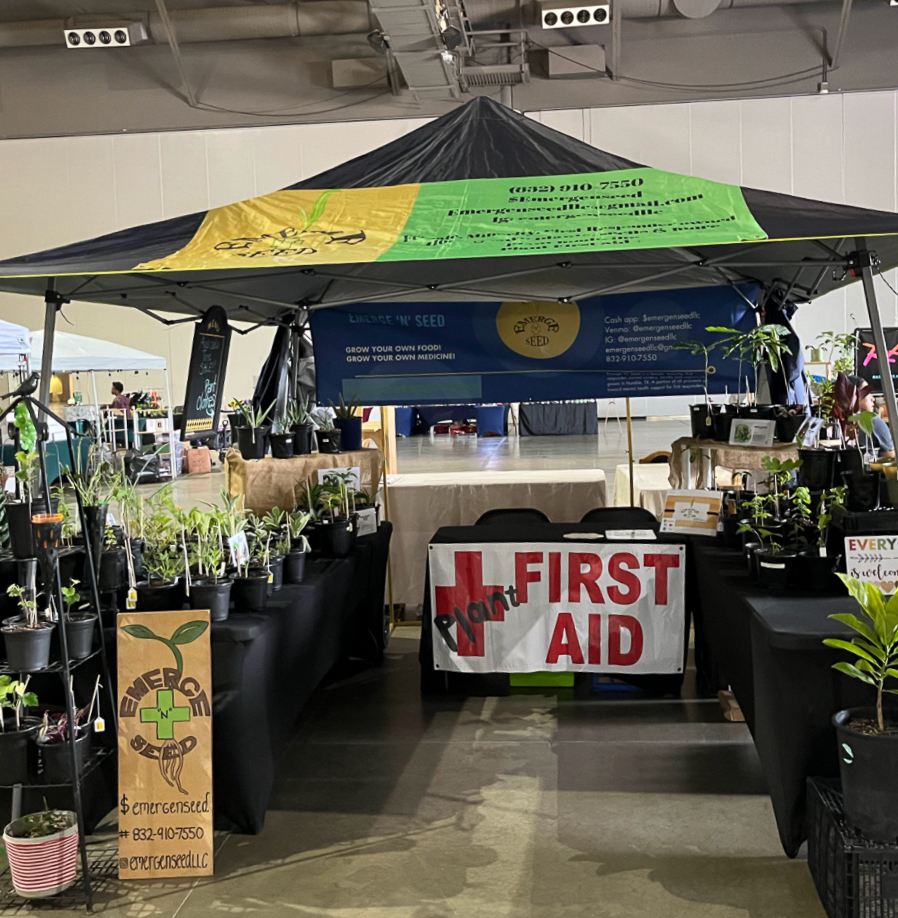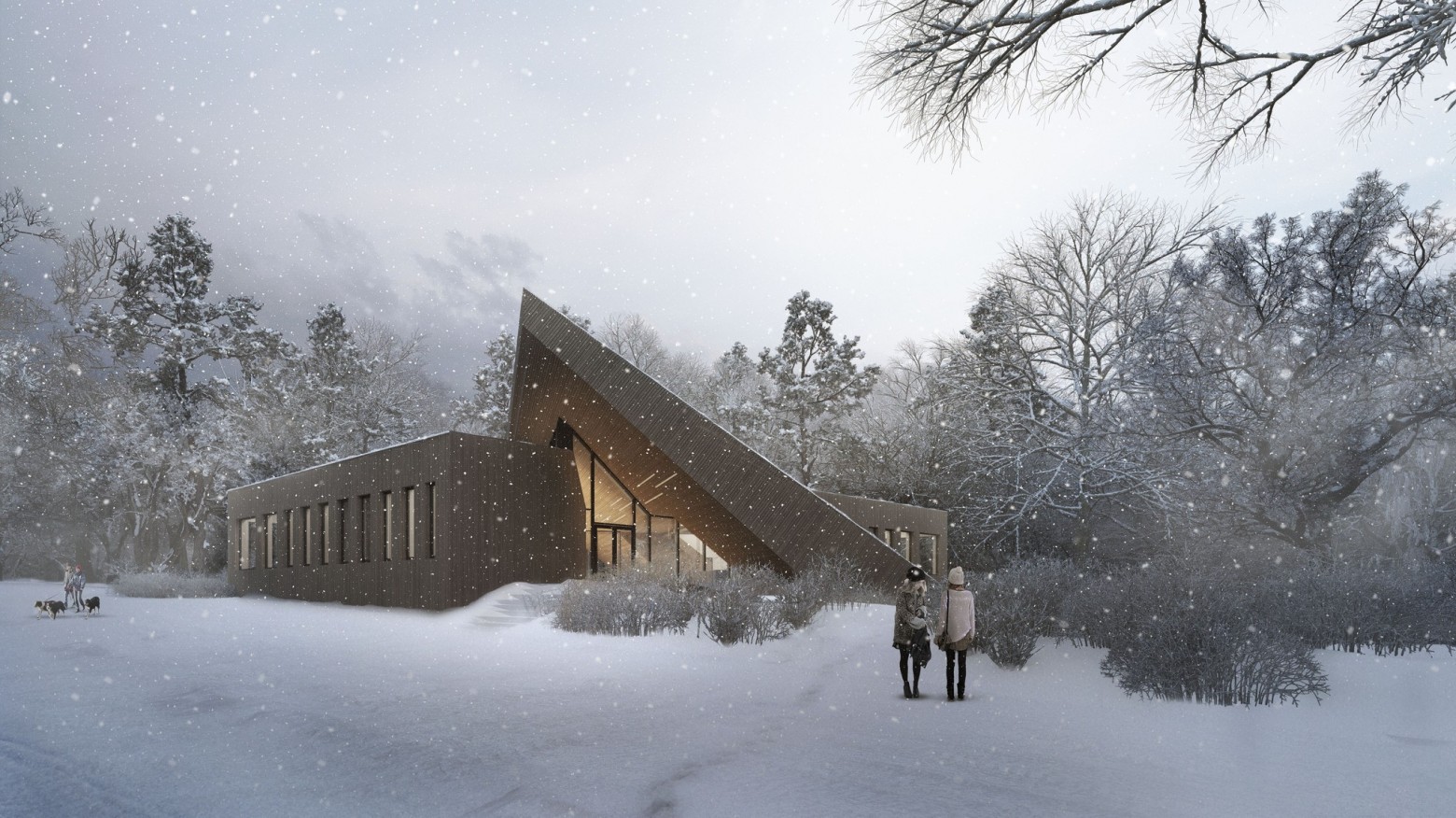
A firm in Norway is building for the future

What do buildings of the future look like? Architecture marvels that are a confluence of cutting edge design and a leapfrog of technologies, a reflection of path breaking innovation that not only bring returns on financial investment but are also smart, and sustainable. In short, buildings that are nothing short of magic! However, it’s important to realize that, what we build matters. It is not what we are building, but what it brings. To build for the future, we must look beyond aesthetics, utility, and economics, and build to solve problems by integrating the natural environment and the populations we are looking to serve. Building for the future entails recognizing that buildings don’t reflect society but help shape it. It fosters innovation by judiciously allocating scarce resources and co-creating sustainable, culturally and environmentally responsive structures.
As rightly said by Linus Torvalds, to build for the future, “We needn’t reinvent the wheel every time.” Instead, we can take what already works and adapt it to our needs. Snøhetta, a Norwegian design firm has shown us exactly how we can incorporate culturally and environmentally appropriate designs while catering to social and economic issues. They develop and construct buildings that produce more energy than they consume over the course of their lifetime, such as the Powerhouse Kjorbo project.
In 2015, they designed the first Powerhouse educational building, Drøbak Montessori School, on a forested site in Drøbak, Norway. The design is derived from the energy concept, the Montessori pedagogy, the physical context and a tight budget. The architecture is considered a social and educational tool, with the Powerhouse concept as the main formative element. The rectangular building is positioned close to the forest edges, creating a large outdoor play area in close connection to the surrounding nature. Passive measures such as a compact volume, high U-values and materials that are low in embodied energy, ensure the building´s low energy demand.
In the commercial space, in collaboration with Arctic Adventures of Norway, Asplan Viak and Skanska, Snøhetta has designed “Svart” the world’s first Powerhouse hotel, at the foot of the Svartisen glacier that runs through Meløy municipality in northern Norway. “Svart” is the first building to be built after the energy positive Powerhouse standard in a Northern climate. Not only does this hotel reduce its yearly energy consumption by approximately 85% compared to a modern hotel, but it also produces its own energy – an absolute “must” in this precious arctic environment, while preserving the natural environment of the site and leaving a minimal ecological footprint.
Svart’s identity is inspired by both the unique arctic nature and climate and the hotel’s circular form with 360-degree views. To minimize the environmental footprint, the circular body of “Svart” is to be extended from the shoreline by the foot of the Almlifjellet mountain and into the clear waters of the Holandsfjorden fjord. The circular shape provides a panoramic view of the fjord and an experience of living in proximity with nature. The construction is inspired local vernacular architecture in the form of the “fiskehjell” (A-shaped wooden structure for drying fish) and the “rorbue” (a traditional type of seasonal house used by fishermen). The rorbue reference translates into the hotel’s supporting structure which is built from weather resistant wooden poles stretching several meters below the surface of the fjord. The poles ensure that the building physically places a minimal footprint in the pristine nature and gives the building an almost transparent appearance. The precious nature surrounding the hotel can only be accessed by boat, and there are plans to introduce an energy neutral boat shuttle from the city of Bodø to the hotel.
To reach the Powerhouse standard, several cutting-edge design choices have been made. For example, the architects have conducted an extensive mapping of how solar radiation behaves in relation to mountainous context throughout the year to optimize the harvest of energy. The result of the study has been an importance premise for the circular design of the hotel, and both hotel rooms, restaurants and terraces are strategically placed to exploit the Sun’s energy throughout the day and seasons. The hotel’s roof is clad with Norwegian solar panels produced with clean hydro energy reducing the carbon footprint even further. Due to the long summer nights of this area, the annual production of solar energy will be significant. Secluded terraces provide a shadow play in the façade of the hotel while also ensuring privacy. The facades protect against insolation from the sun in the summer when the sun is high in the sky, removing the need for artificial cooling. During the winter months, when the sun is low in the sky, the large windows of the façade allows for a maximum of insolation to exploit the Sun’s natural thermal energy. Materials with low embodied energy have been used to reach the Powerhouse standard.
Drawing from Snøhetta’s efforts to tackle systemic design challenges while accounting for climate change, social inequity and urbanization, building for the future is an iterative process where we build by the bits and not by the lots. Where we no longer employ the cookie cutter approach but build with communities, while integrating the natural environment. Particularly in indigenous and fragile lands, constrained by resources, we build communities to enable them to realize their full potential by upholding their culture and dignity while being environmentally responsive. Building for the future means creating buildings that matter, buildings that help us envision a future greater than any individual. Let us not create buildings of the future. Let us build for the future.





